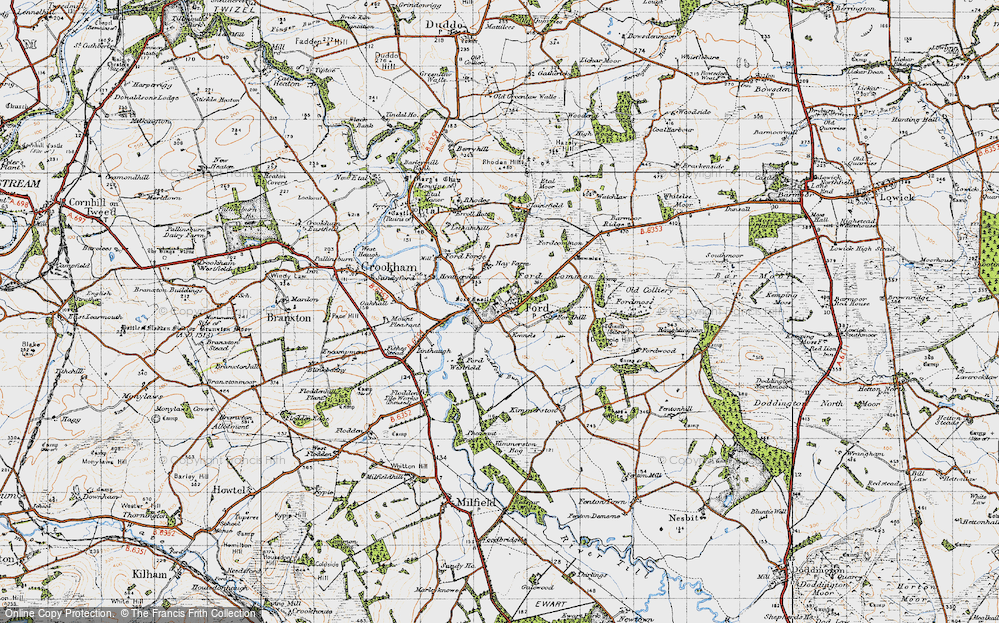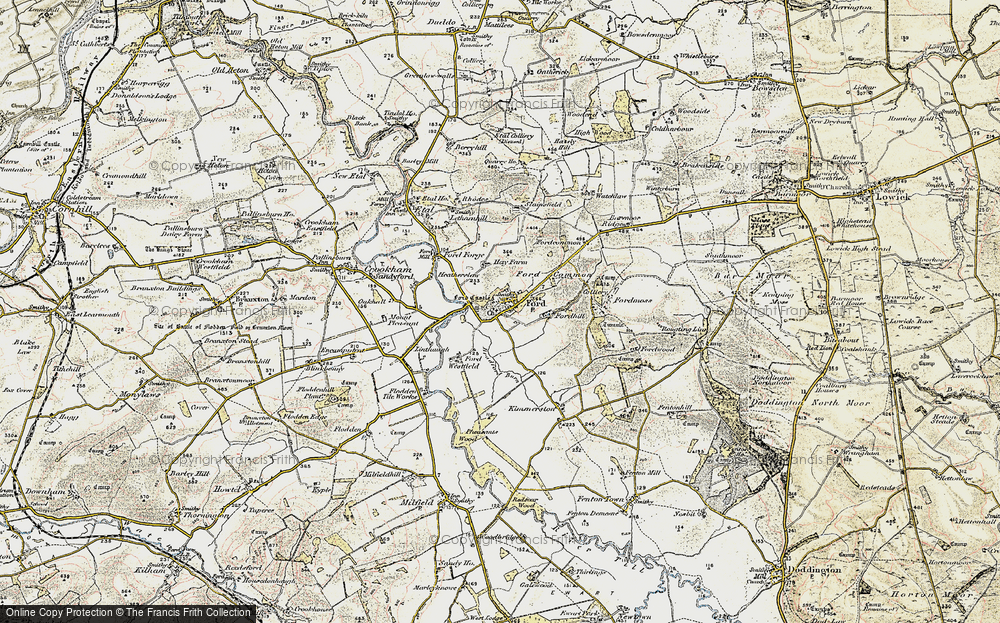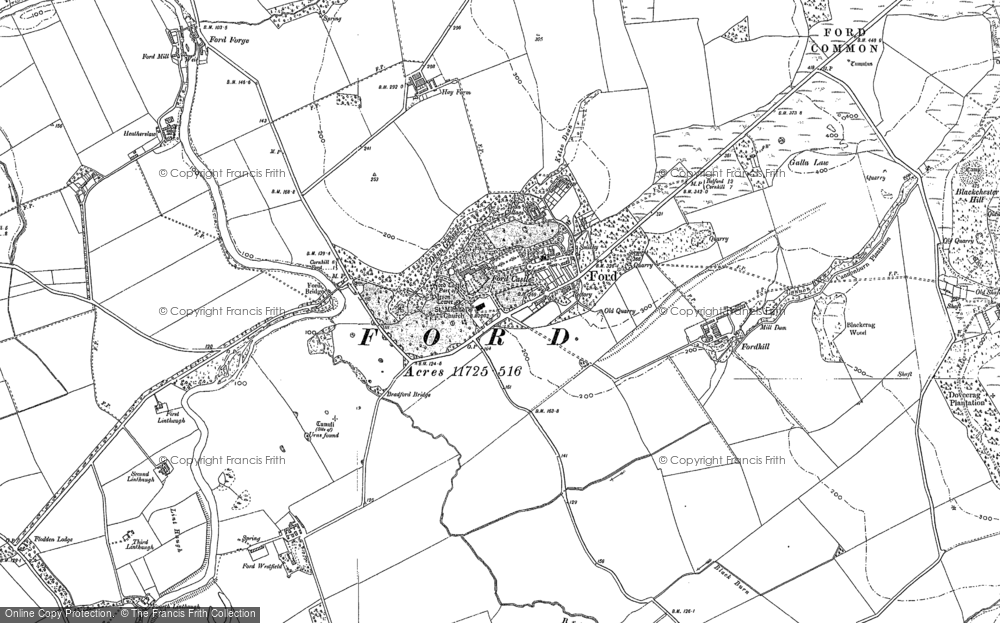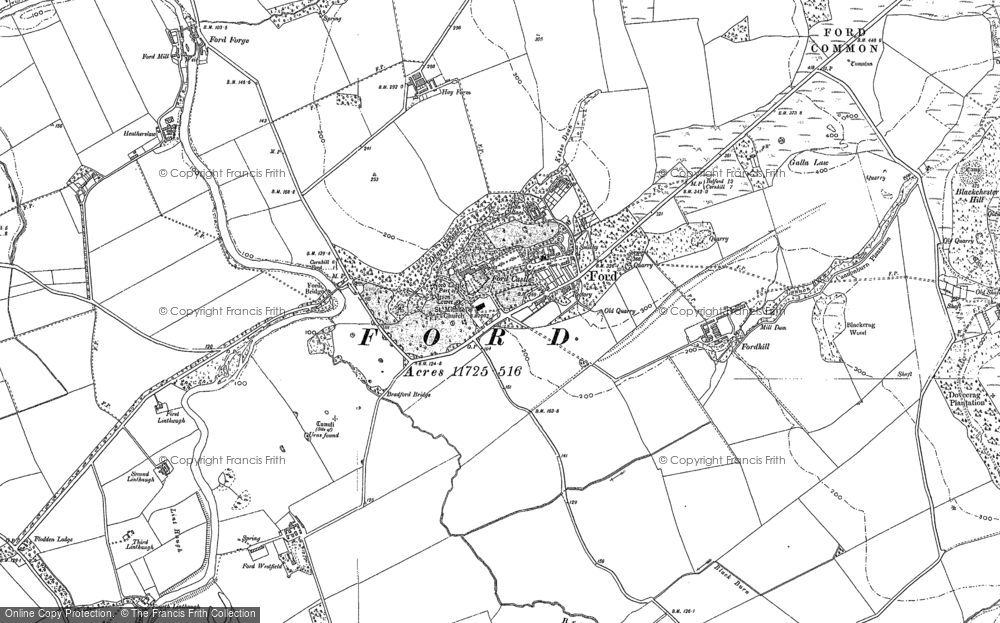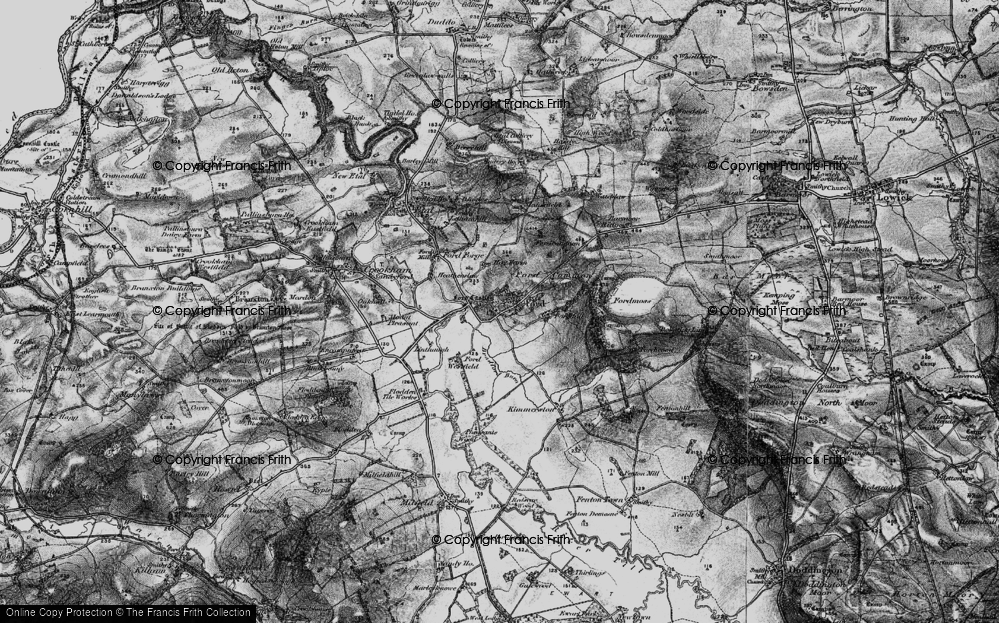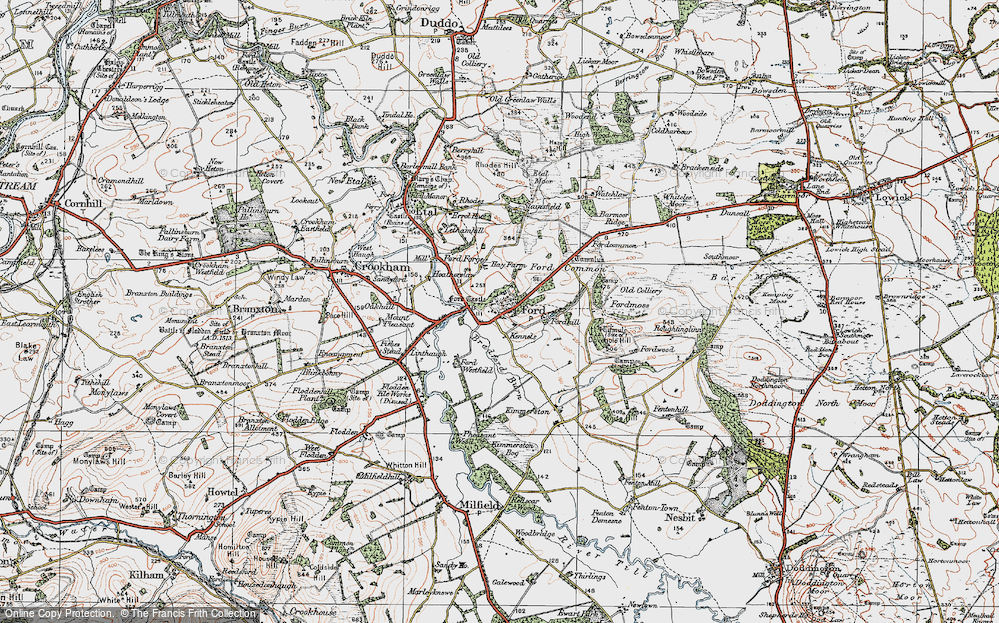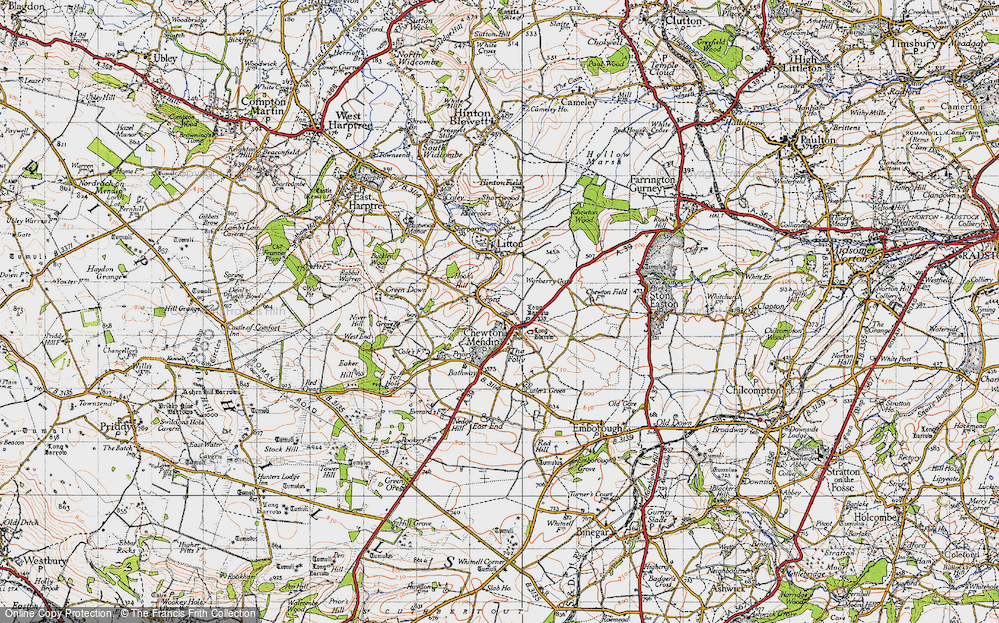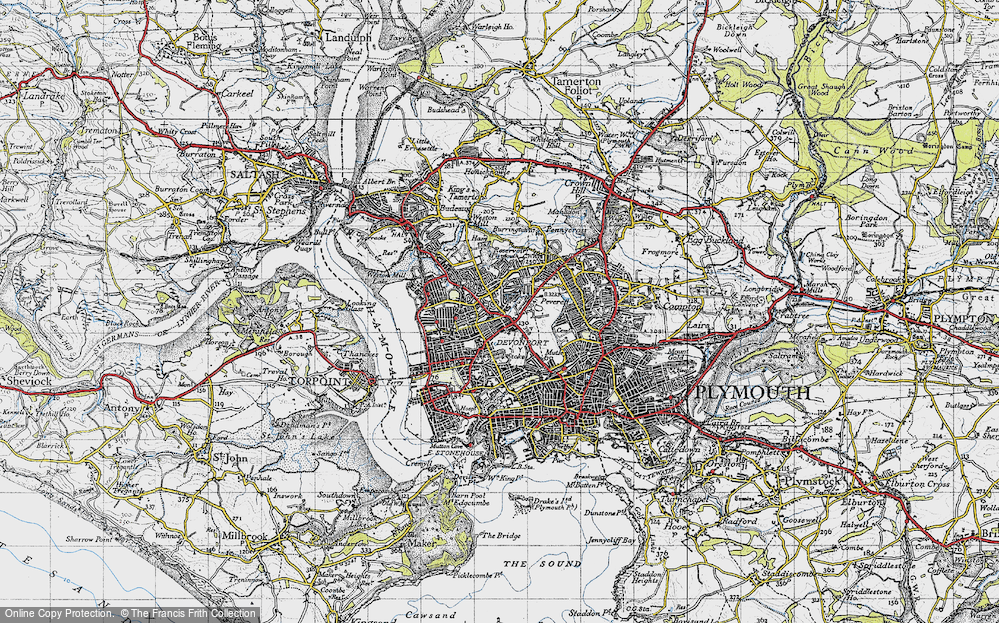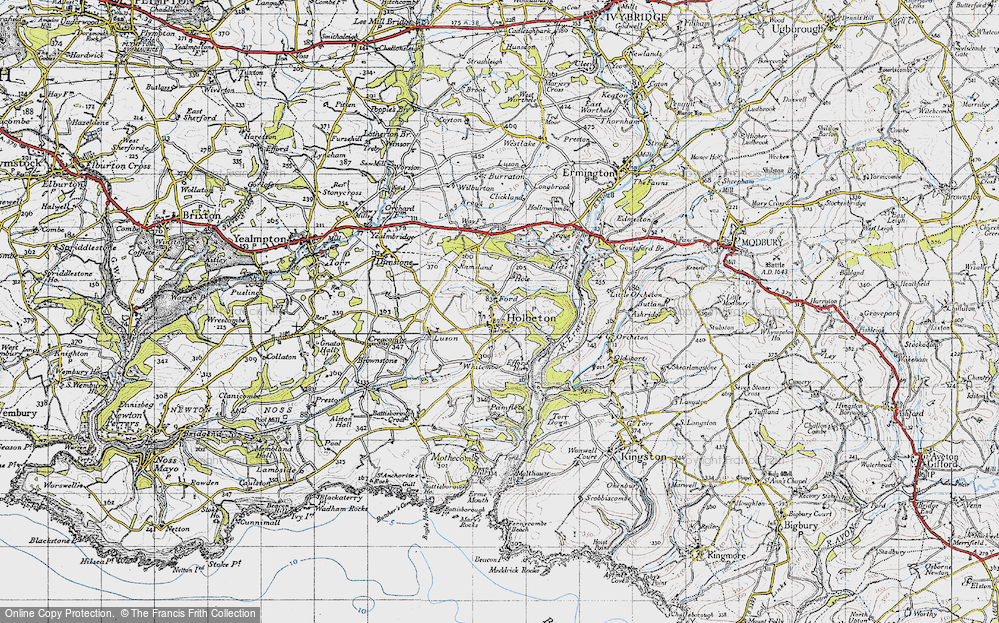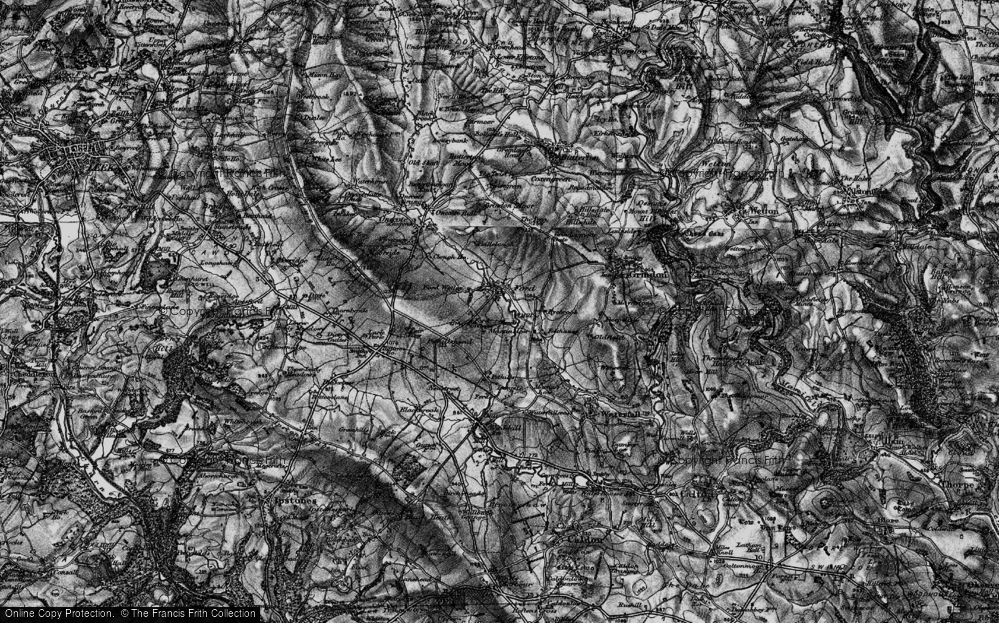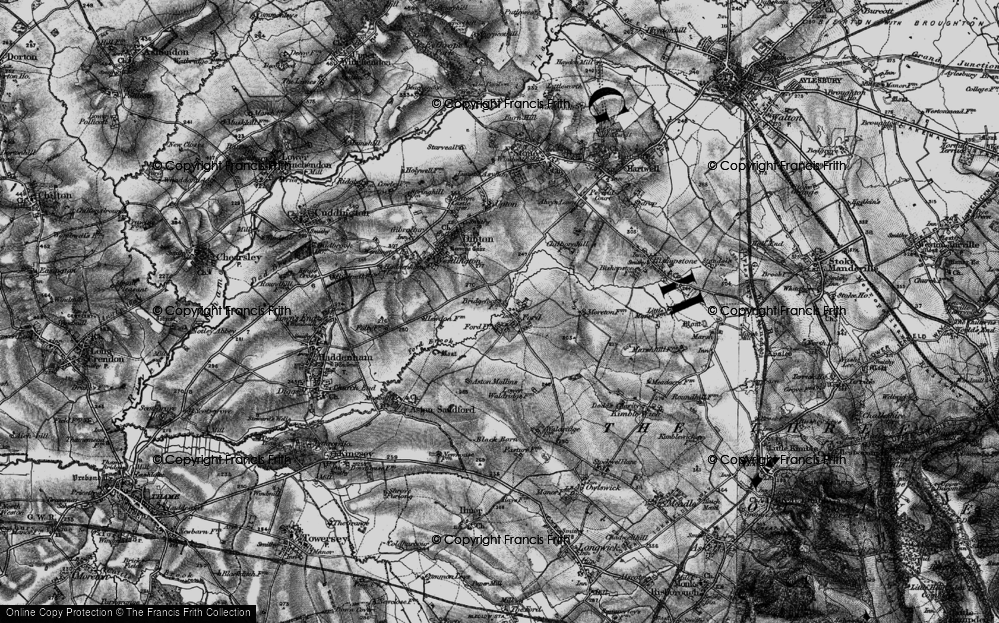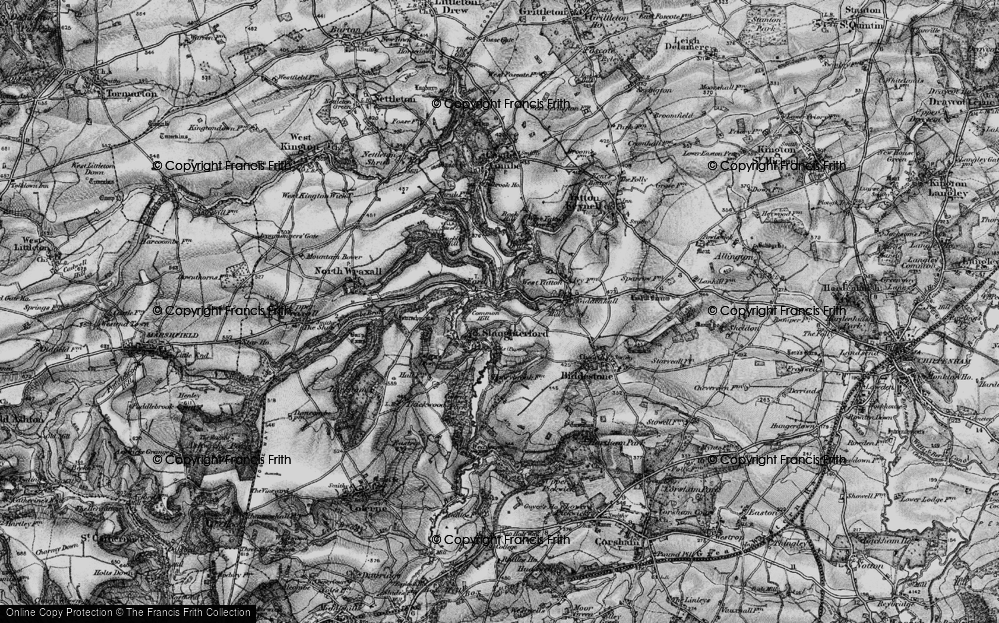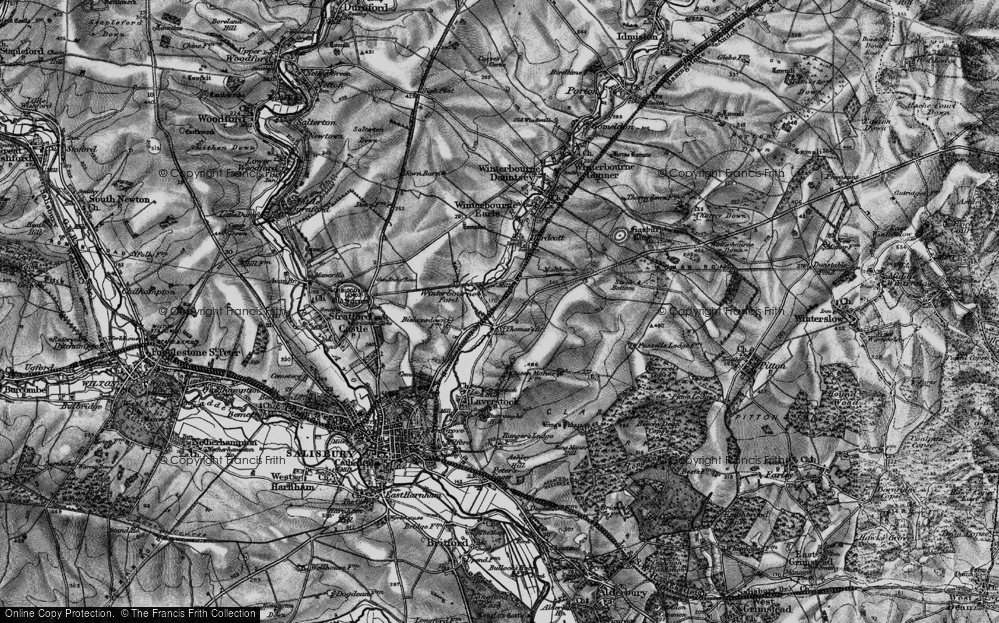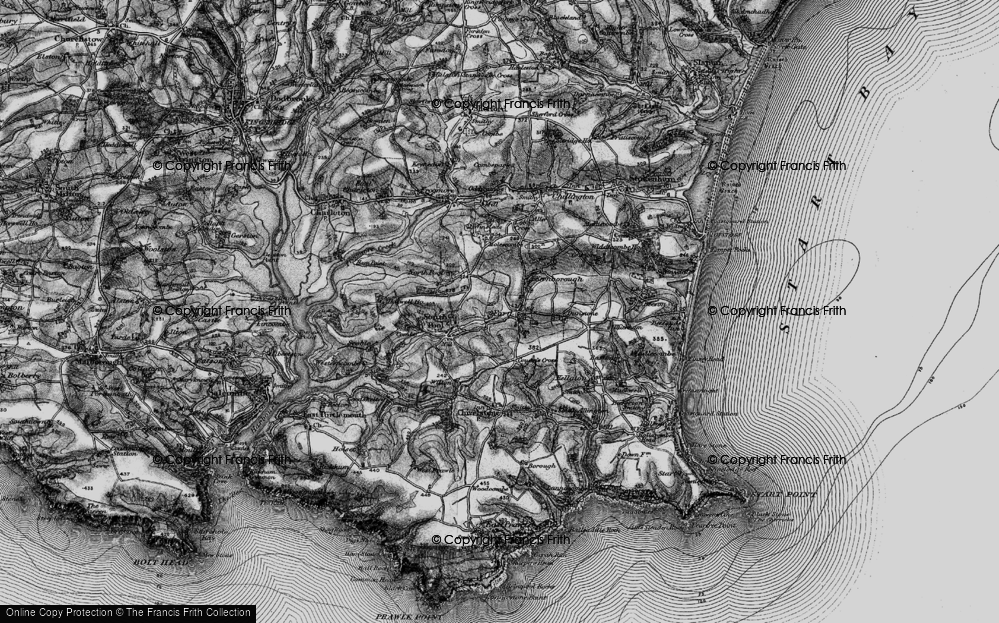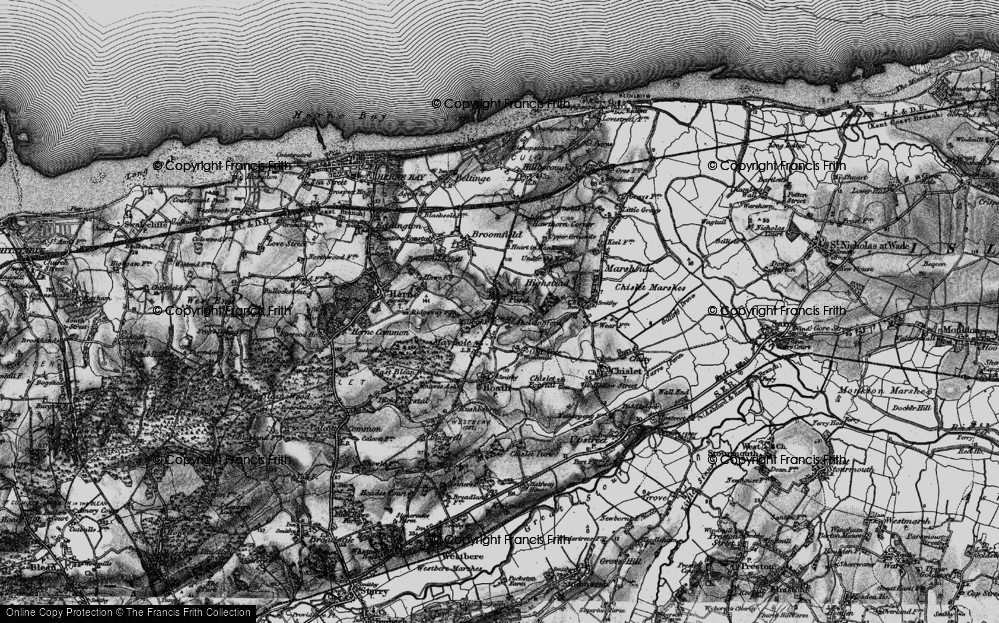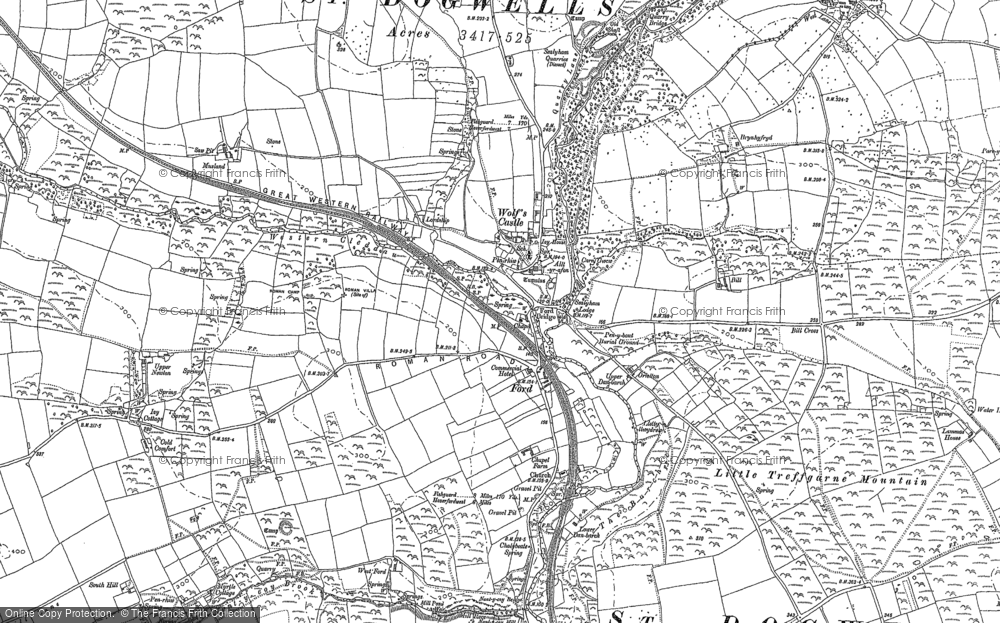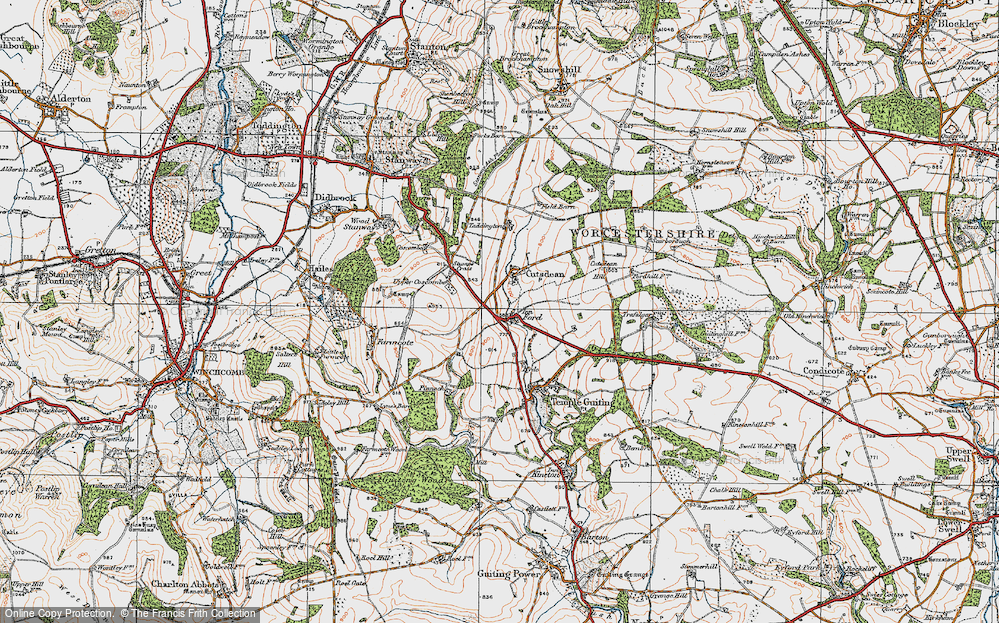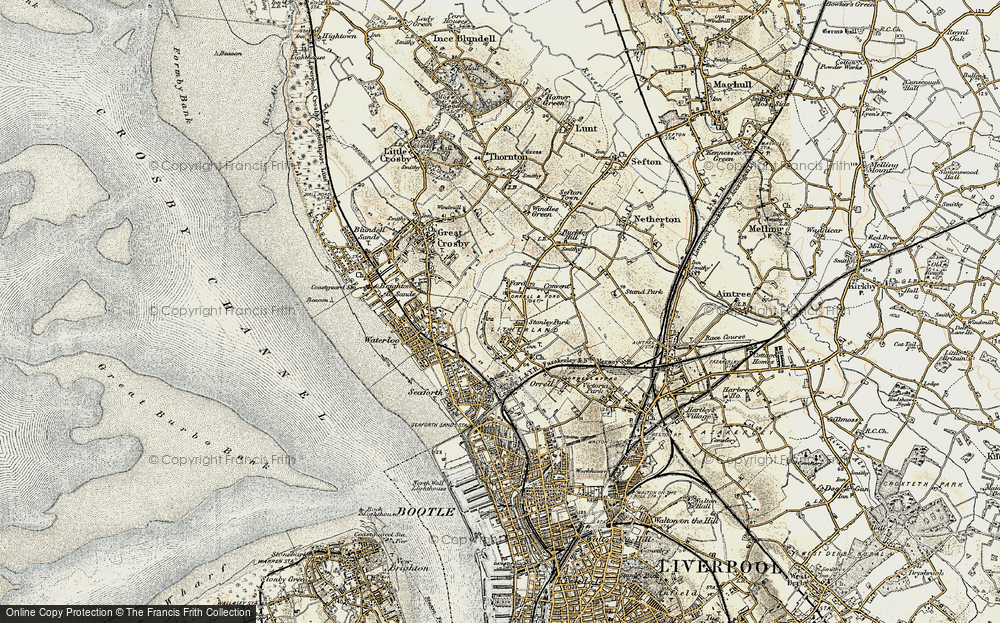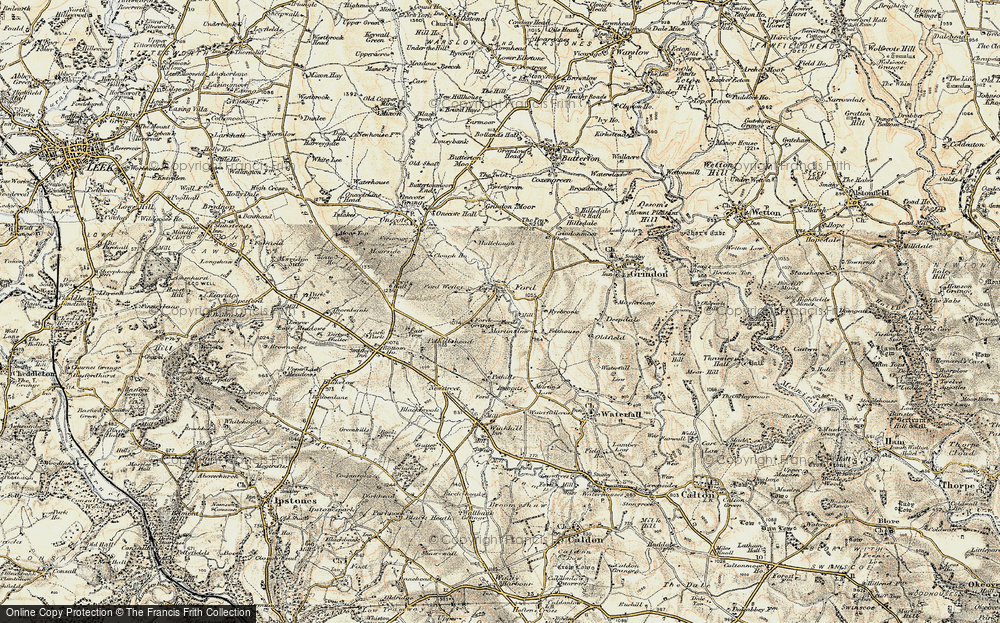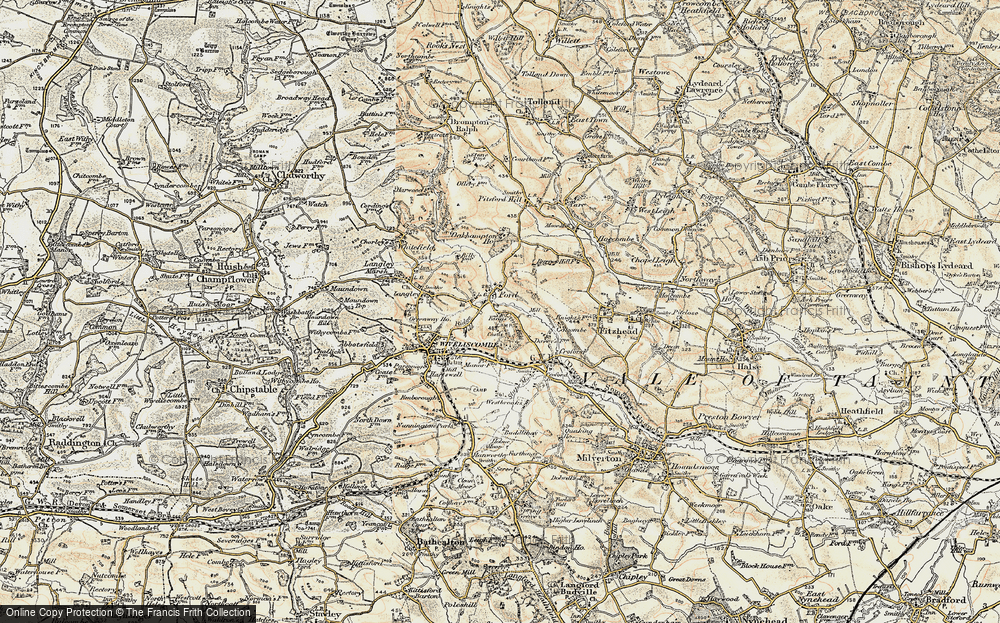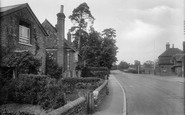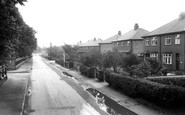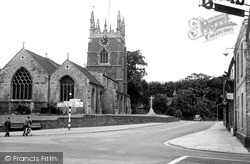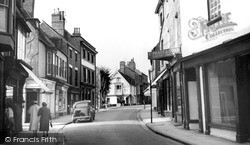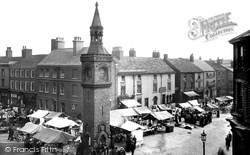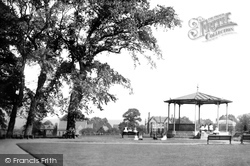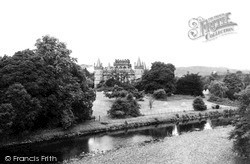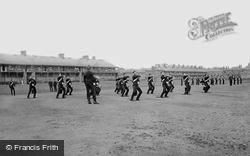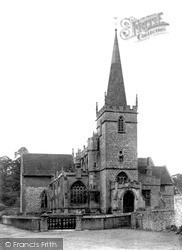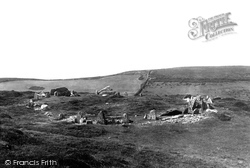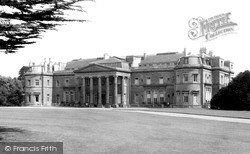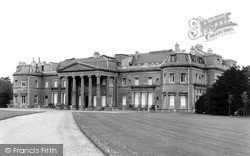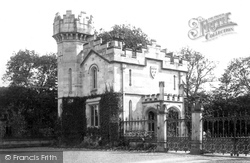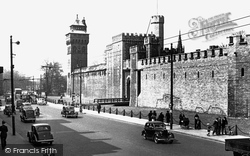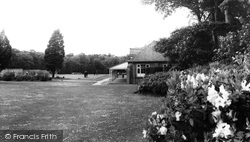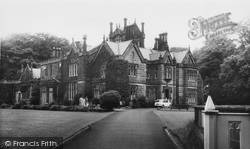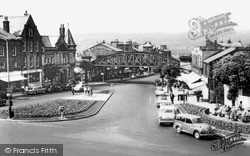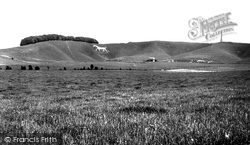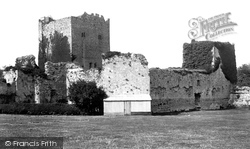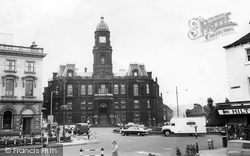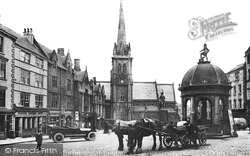Places
6 places found.
Those places high-lighted have photos. All locations may have maps, books and memories.
Photos
Sorry, no photos were found that related to your search.
Maps
224 maps found.
Books
Sorry, no books were found that related to your search.
Memories
214 memories found. Showing results 11 to 20.
Growing Up In Milford
My mother was in the WAAFs during WWII. She met my father (an American G.I.) at a dance in Henley. They married in 1944 and after the war, my mother traveled to the United States as a war bride. I was born in Nebraska in April, ...Read more
A memory of Milford by
My Mothers Childhood
My mother was born 29th of March 1909 in hut no.8 Pontllan.llangyfelach.R. D. .Her father was a railway blacksmith so I can only assume it was a rail line camp for the great western railway during construction to the coal mines ...Read more
A memory of Llangyfelach by
Memories Of Bexley Technical High School For Girls.
I was at this school from about 1961- 1966 after passing the 13+ exam. I went to Hall Place first, what a wonderful place it was! I remember Miss Moore who was the headmistress, we had Mrs. Hodgson ...Read more
A memory of Bexleyheath by
Bellesfields Road Of Stockwell Road In The War
At 26 Bellesfields road Brixton off Stockwell Road, lived James Greenfield a Police Constable, who lived with his mother Florence Sarah nee Tyler, at this address before he married Dorothy Thomas at Holy Trinity Church Tulse Hill on August the 3rd 1940.
A memory of Brixton by
100 Melody Road. Wandsworth S.W.18
In 1943/4 My mother, brother and myself were bombed out of our home in Summerly Street. In that house we had a Morrison shelter and the night the bomb hit, a few houses away from our house, it affected our shelter ...Read more
A memory of Wandsworth by
Langdale House Salford
I lived in Langdale House, Salford. It was a block of masonettes, there were two other blocks on the same road, Patterdale and Ennerdale. We lived on the 3rd floor, overlooking a small play park and a row of tiny one bedroomed ...Read more
A memory of Salford in 1960 by
1 Station Road
I lived at the address which was the house on the corner of hogmoor Road and Station Road. The house was wood not tin as stated and was painted cream. Corrals coal were the owners and a coal yard was at the rear of the house,. . adjacent on ...Read more
A memory of Bordon by
Campsbourne Junior School Around 1960
I attended Campsbourne Junior School between 1958 and 1961. I arrived during the 2nd Year at the age of 8, having moved from St Michael's School in Highgate. I was placed in the top stream and my class teachers were ...Read more
A memory of Hornsey by
My Dads Disembarkation 3rd May 1946
Hello, one and all. This may be a tad queer, however, I have acquired my biological dad's Second World War records, James Paul Shelly (1917-1984,RIP), who was attached to the 6th South Wales Borderers, near ...Read more
A memory of Strensall Camp in 1946 by
Captions
49 captions found. Showing results 25 to 48.
Inside are memorials to Sir John Franklin, the great explorer; the Willoughby Chapel contains many tombs, including one in alabaster of John 3rd Baron Willoughby, a distinguished knight who fought under
Overlooking Portsmouth Harbour and fanned by sea breezes, the church lies inside a Roman fort, which is thought to have been built towards the end of the 3rd century AD.
Turning left out of Castle Hill, Bailgate follows the course of the Roman Ermine Street towards the old Roman north gate from the city, the Newport Arch.
Until the Dissolution members of the family were interred at Burscough Priory; then Edward, the 3rd Earl, had a vault built at the south-east end of Ormskirk church.
The ground was given to the town in perpetuity in the late 18th century by the 3rd Duke of Dorset.
The 3rd Duke of Argyll decided to build a new castle: Roger Morrison was the architect and William Adam the clerk of works. The new site was 80 yards or so from the old castle.
In 1886 the resident cavalry regiment was the 3rd Hussars, some of whom are seen here at sabre practice.
This is the only church in England dedicated to St Cyriac alone – he was a child martyr of the 3rd century.
Though now a substantial settlement, it was built on the site of a modest fishing village in the 1700s by the 3rd Duke of Argyll.
Other important sites include Cashtal-Yn-Ard and the chambered cairn near Laxey known as King Orrey's Grave.
Originally designed in 1767 by Robert Adam for the 3rd Earl of Bute, this unique country house was reconstructed in 1843 after a fire in which little of the original building was left untouched.
Originally designed in 1767 by Robert Adam for the 3rd Earl of Bute, this unique counrty house was reconstructed in 1843 after a fire in which little of the original building was left untouched.
Inside are memorials to Sir John Franklin, the great explorer; the Willoughby Chapel contains many tombs, including one in alabaster of John 3rd Baron Willoughby, a distinguished knight who fought under
The ground was given to the town in perpetuity in the late 18th century by the 3rd Duke of Dorset.
This castellated building dating from 1877 was designed for Henry Lowther, 3rd Earl of Lonsdale to guard the entrance to the drive up to Lowther Castle.
The castle has a long pedigree, with some remains of the Roman period imbedded within the structure, but the whole medieval core was systematically upgraded by the 3rd Marquis of Bute and his architect
To celebrate the 21st anniversary of the founding of the Scout Movement, 56,000 scouts from around the world held their 3rd International Jamboree in Arrowe Park.
To celebrate the 21st anniversary of the founding of the Scout Movement, 56,000 scouts from around the world held their 3rd International Jamboree in Arrowe Park.
Ford, Morris, Hillman and Triumph - all the big automobile names are represented here as the town becomes accustomed to the motor age.
Harold G Turner Born in nearby Ardingly in 1885, Harold Turner became a well-known architect, particularly after his successful Gidea Park project in Essex in 1910.
Nearby is the 125- foot Lansdowne Monument, an obelisk designed by Sir Charles Barry and erected by the 3rd Marquess to commemorate his ancestor, the economist Sir William Petty.
The original Norman fort at Porchester was merely a corner of the old 3rd-century Roman Saxon Shore fort defended on the two open sides by the building of a wooden palisade.
Behind the bank was the Post Office (1907-1988) and the magnificent Empire Theatre (3rd July 1909 to 24th April 1955) whose closure, caused by TV and cinema, was so sudden that the stars booked for the
In the foreground is the statue of Neptune on top of the octagonal pant (a northern word for a public fountain).
Places (6)
Photos (0)
Memories (214)
Books (0)
Maps (224)




